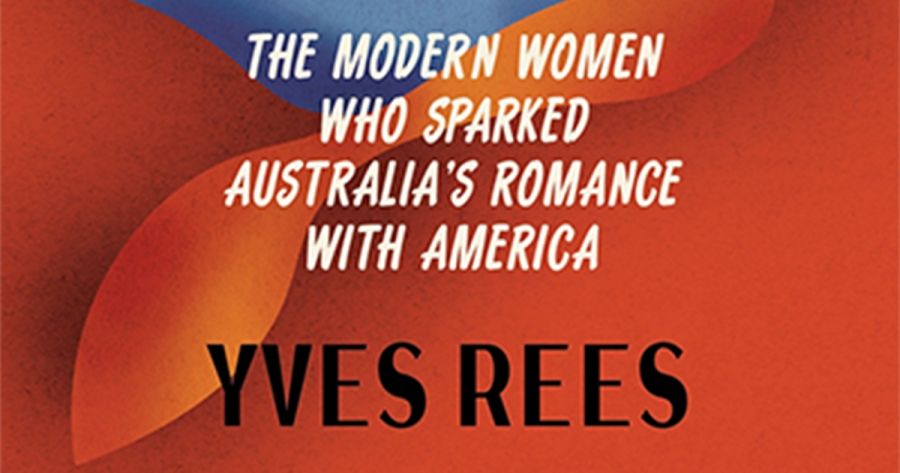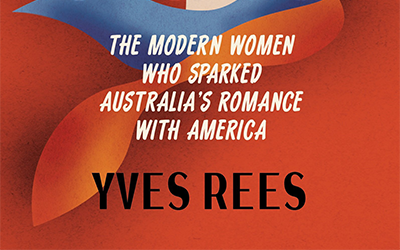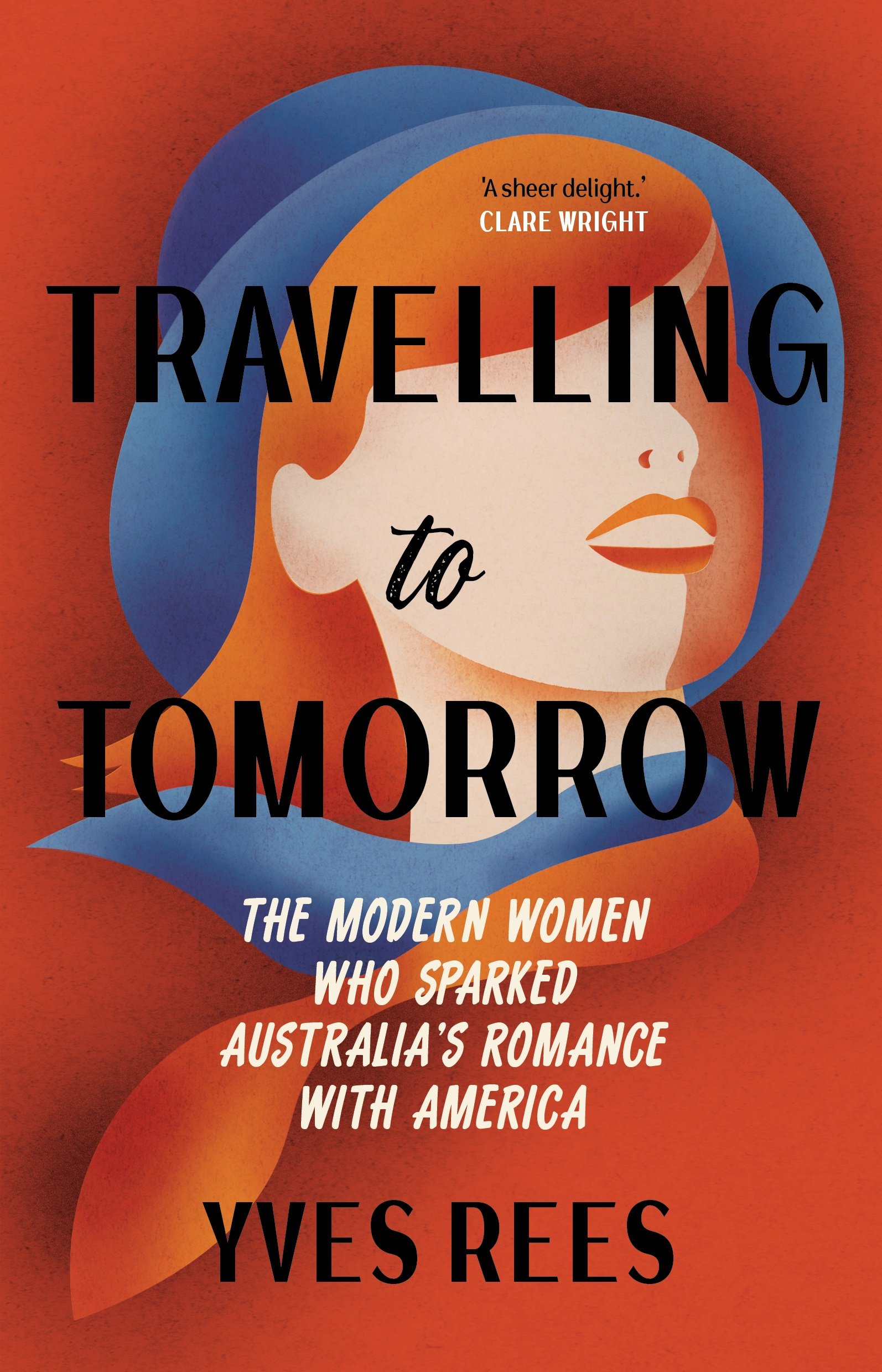
- Free Article: No
- Contents Category: History
- Review Article: Yes
- Article Title: A questioning lens
- Article Subtitle: Falling through the cracks of history
- Online Only: No
- Custom Highlight Text:
Yves Rees’s accessible, entertaining study blends personal experience with rich archival research into a group of disparate women who followed their passion from Australia to the United States at a time when it was relatively easy for a white woman with talent and a few connections to just show up in Hollywood or New York and get to work. They are very different women – a surfer, a dentist, a concert pianist, a nurse, a decorator, an artist, a lawyer, and a writer – all fiercely courageous trailblazers in their own way. Travelling to Tomorrow weaves their stories together in a loosely chronological shape, using deep research to ground Rees’s imagining of these women’s hopes, dreams, achievements, and disappointments.
- Featured Image (400px * 250px):

- Alt Tag (Featured Image): Kirsten Tranter reviews ‘Travelling to Tomorrow: The modern women who sparked Australia’s romance with America’ by Yves Rees
- Book 1 Title: Travelling to Tomorrow
- Book 1 Subtitle: The modern women who sparked Australia’s romance with America
- Book 1 Biblio: NewSouth, $34.99 pb, 339 pp
- Book 1 Cover Small (400 x 600):

- Book 1 Cover (800 x 1200):

- Book 1 Readings Link: https://www.readings.com.au/product/9781742238135/travelling-to-tomorrow--yves-rees--2024--9781742238135#rac:jokjjzr6ly9m
Rees’s chapter on pioneering nurse and writer Cynthia Reed (most famous for her association with the artists’ colony Heide) begins by immersing the reader in the formaldehyde smell and excitement of the lab: ‘Inside the laboratory, 28 women were hunched over dead cats. One cat per pair. With scalpels and forceps, each duo dissected their pickled feline to test their newfound knowledge of anatomy.’ Rees has a storyteller’s knack for engaging the reader – we read on, wanting to know what happened to Isabel after catastrophe struck on the streets of San Francisco, or how Persia managed to resolve her love dilemma.
Rees captures not only the specific appeal of America as a set of ideals and imagined possibilities, but also something more: not just what has made America alluring and what drove Australians, specifically Australian women, to make the long journey by boat in the early decades of the twentieth century, but what it might have felt like when they got there, and beyond that, what it felt like to become strangely unmoored as a result of making that journey, whether or not one returned to Australia.
The Australian turn away from England and towards America as the imagined centre of the cultural and intellectual world, cast as a turn towards modernity, is well documented. Rees adds important dimensions to this story: for a start, it happened earlier than we might think – it was not simply a post-World War II phenomenon, aligned with the decline of the British Empire and the rise of the United States as global superpower. Rees documents the ways in which Australians saw opportunities in America before World War I and actively pursued them, acting as emissaries for the arts, sports, and sciences. In England, an Australian would always be patronised as a colonial subject. In America, an Australian could forge a form of identification through the narrative of plucky, spirited ‘pioneer’ settlers. Rees shows how the work of writers such as Dorothy Cottrell, one of the subjects in this study, contributed to the power and influence of this narrative. As Rees painstakingly acknowledges, this is a story available only to white people, a story that depends on the deliberate erasure of colonial violence.
Why have these women been forgotten – ‘written out of Australian history’, as Rees puts it? Why is May Leahy, for instance, the first Australian woman to become a judge, not accorded recognition? Just as these women fell between the cracks of citizenship, not properly Australian or British or American, they have fallen through the cracks of history, Rees suggests.
What would it mean to restore them to history and to cultural memory? How would that change how we think about ‘Australian history’ and what it means to be Australian? The answers are complex, and Rees acknowledges the difficulties that face a contemporary academic committed to decolonising history. Rees maintains a critical perspective on these questions, acknowledging their subjects as complex human individuals, not feminist heroines.
This is a history of women written by an author with a complex relationship to the category of ‘woman’: Rees is trans and writes with moving eloquence about how this structures their position as a historian, including the shifting forms of identification and desire that suffuse the work of research. What does it mean to write trans history? For Rees this does not mean searching for evidence of non-binary identification in women of the past, or studying trans people separately. ‘It is not a new little subfield that can sit neatly adjacent to women’s history. Women here, trans folk over there,’ Rees argues. Trans history entails, for Rees, an orientation towards openness and being comfortable with uncertainty that runs counter to authorised forms of academic knowing:it invites ‘a way of looking, a questioning lens that encourages us to doubt our certainties about any given person’s identity’. This has implications beyond the issue of gender, and Rees suggests how it might contribute to reshaping academic convention: ‘How refreshing, to throw off the conceits of Western colonial knowledge, which controls and dominates through claiming to comprehend all, and admit how much we do not and cannot understand.’ Travelling to Tomorrow suggests how illuminating this approach can be and how powerfully it can speak beyond an academic audience, accompanied by the author’s sense of real joy in sharing these fascinating stories.


Comments powered by CComment